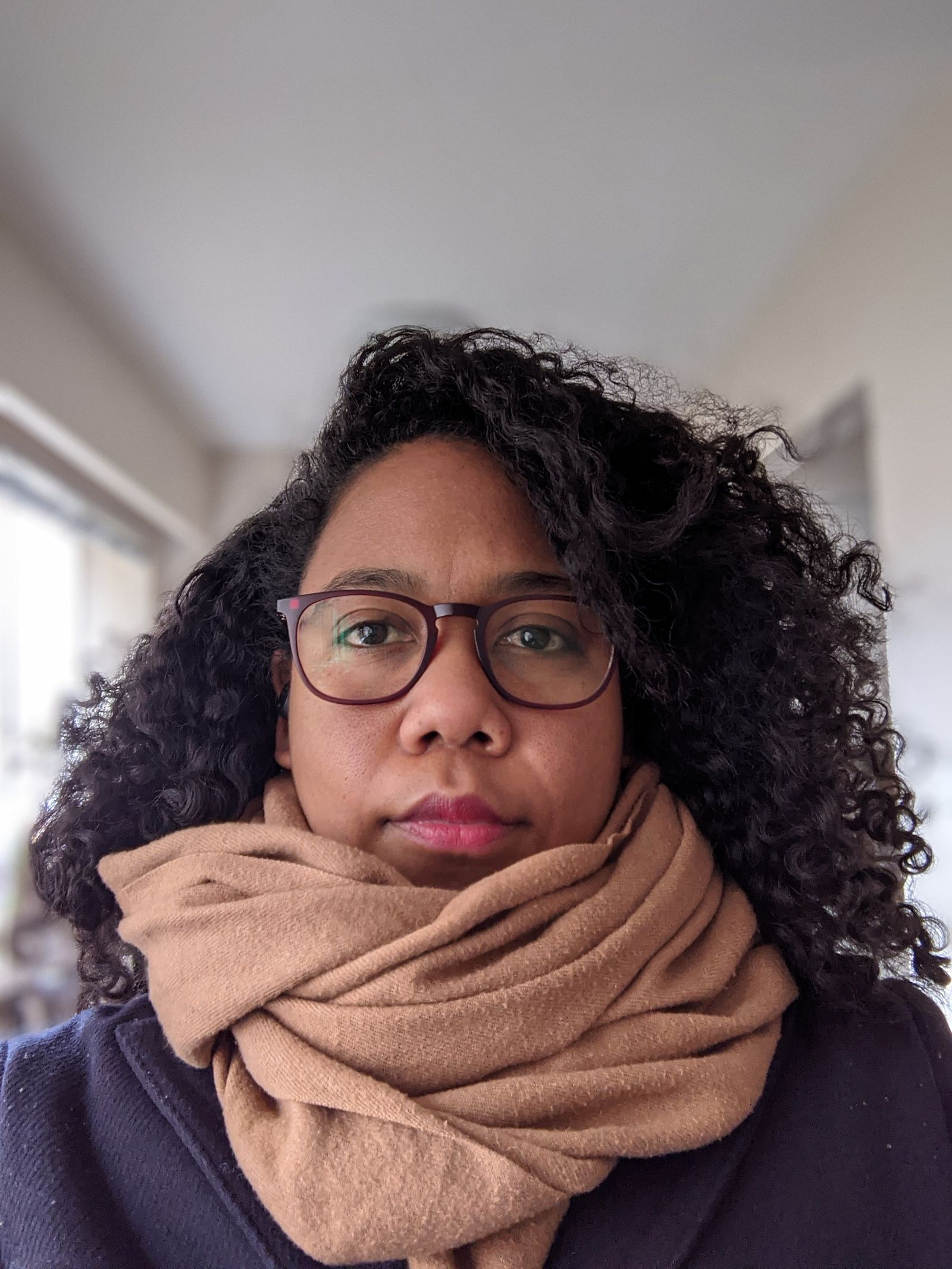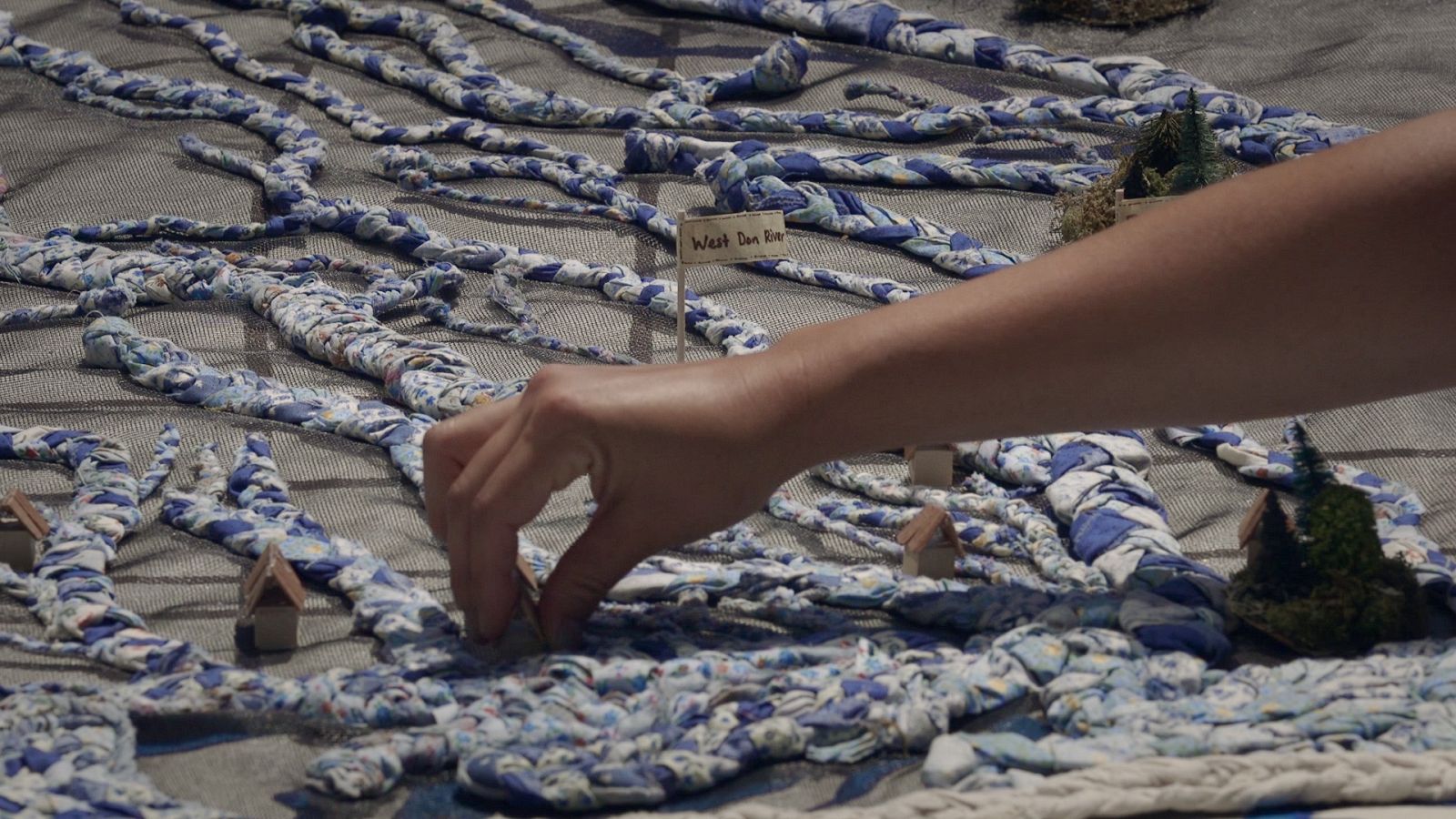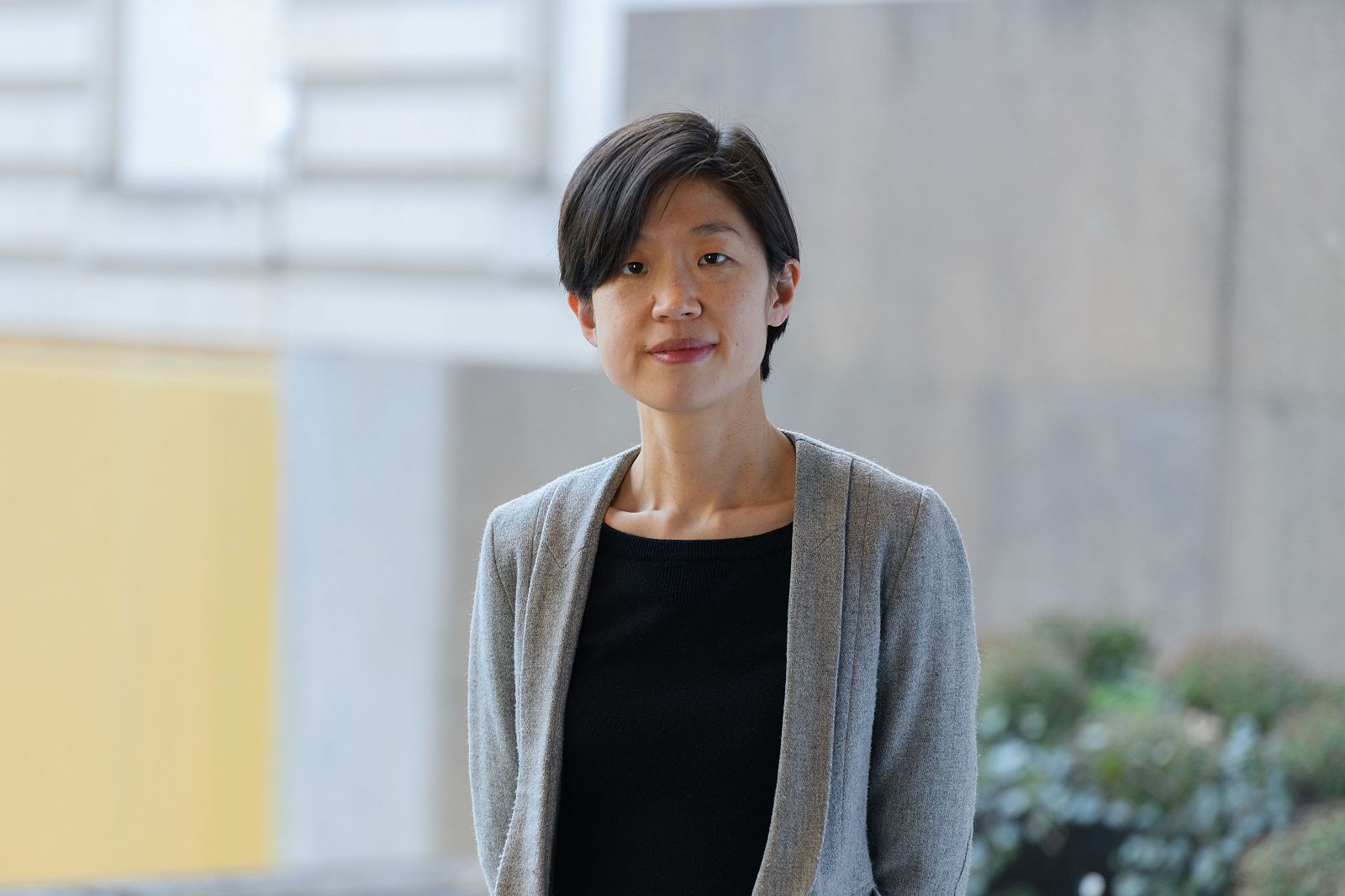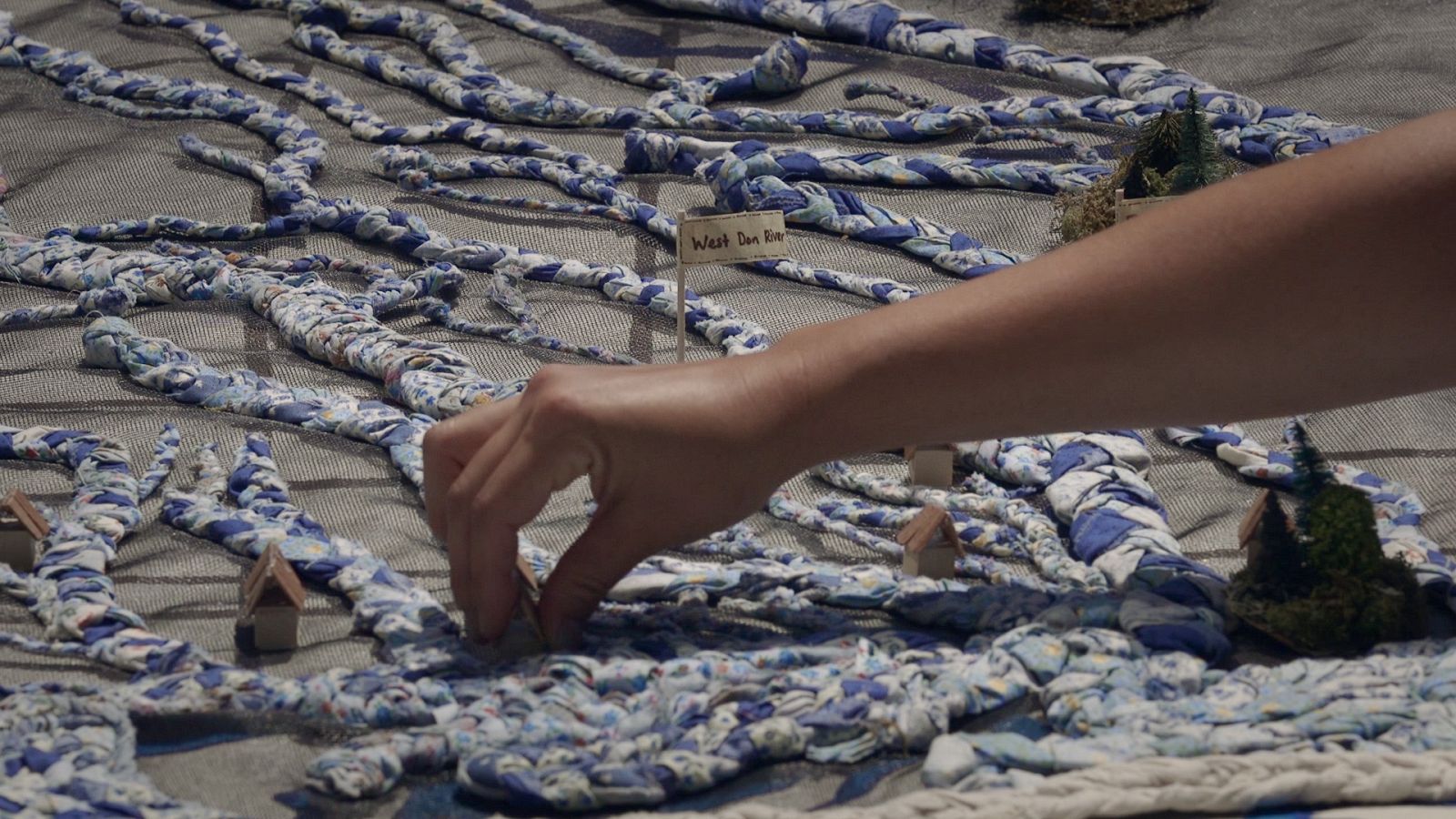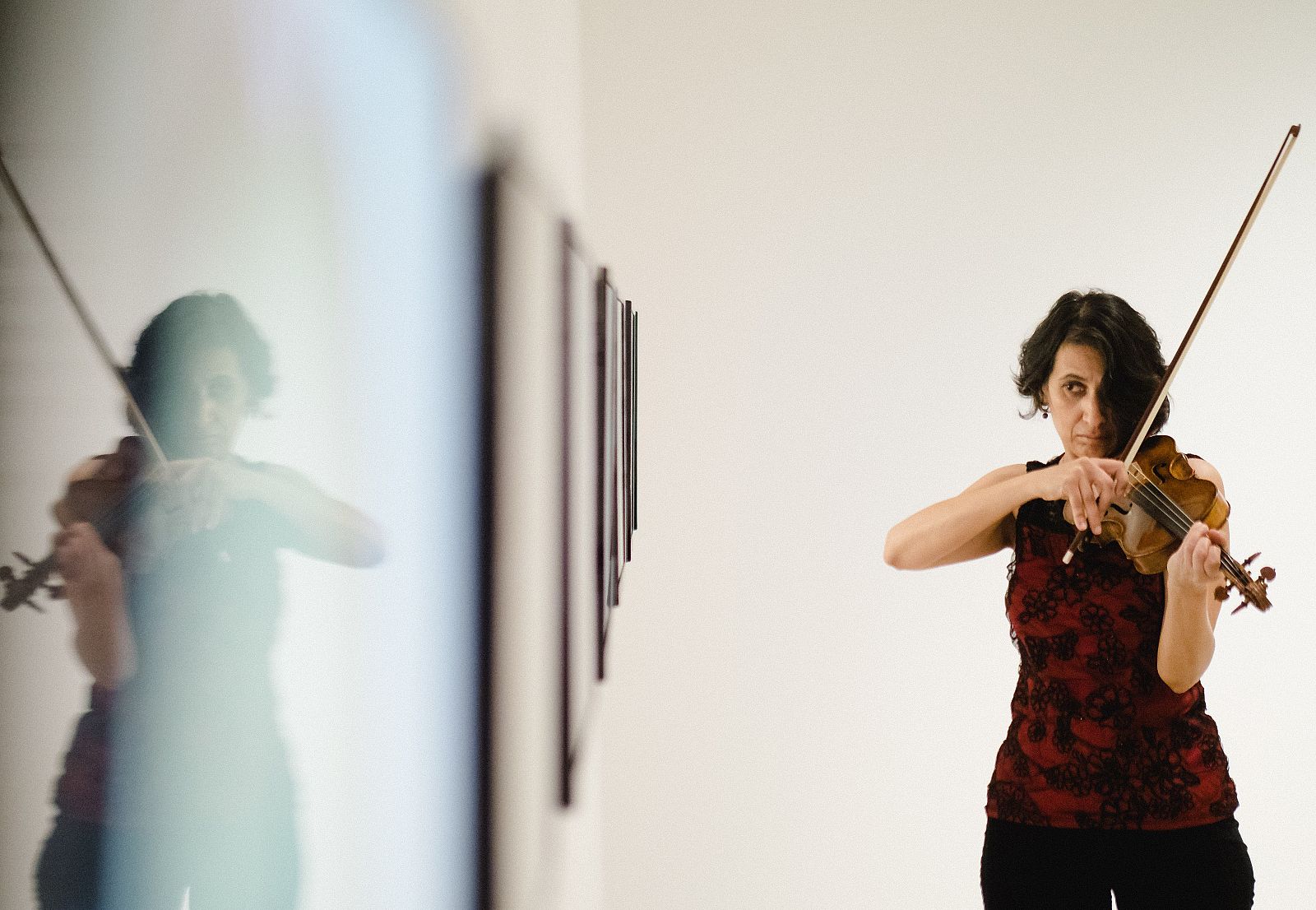The series of conversations that comprised ‘Towards Accountability’ in 2021 coincided with the approaching end of my tenure as Director/Curator at Or Gallery, a non-profit artist-run space that has operated continuously in so-called Vancouver, Canada, on unceded Musqueam, Tseil Waututh, and Squamish territory. Before its many shifts in leadership, the gallery was founded by the artist Laiwan as an experimental project space behind which she resided. Initially this meant that the gallery blurred the artist/curator distinction by inviting artists to develop and direct an exhibition program for a one-year tenure before the next curator was invited. This freed the space from claim or close association with a single vision of an individual or group. Ideally, what was waiting in the margins one year could be the focus of experimental discourse and presentation the next. This open format was, to a limited degree, inclusive in that it could operate as a commons for shifting and intersecting perspectives. Laiwan was unrooted: a queer, emerging artist in her mid-twenties who had immigrated from present-day Zimbabwe (where her family were part of the East Asian diaspora in southern Africa), she applied her experience of successive uprooting to a model for a (non)institution that was open, unfixed, and multi-vocal by design.
My own history and presence on the Indigenous land that Vancouver currently occupies is similarly unfixed and unrooted. As a second generation member of a community of Trinidadian immigrants of mixed East Asian, South Asian and African ancestry, I am constantly navigating space through WEB DuBois’s double consciousness, the lens of subordinated, and perhaps in regards to Black/Indigenous histories, allied positions within colonial and neo-colonial societies.
Following the fruitful discussions over three or so weeks that Jordan Wilson’s curated program ‘Towards Accountability’ took place, I think about how Laiwan’s unrootedness informed her conception of Or Gallery and present-day art making, how my unrootedness informs my own work and relationships at the gallery, which in the over 30 years since Laiwan founded it, has shifted towards more conventional structures under successive directorships. This unrootedness is transformed from a position of marginalization, othered and outsider, into the intentional strategy of unsettling in solidarity with Indigenous collaborators and host communities/host nations of our contemporary art spaces on Turtle Island.
During the protests and collective reflections of the summer of 2020, conversations amongst Black curators focused on shifting beyond diverse hires and exhibitions towards creating structures of inclusivity and support within galleries and art spaces, unrooting and reconfiguring institutions and institutional structures.
Traditionally, public monuments are all about rooting. Large scale, immovable objects intended to mark, plant and transform nations, empires, revolutions, and singular historical perspectives into eternal and static things that dominate relationships to a place. Public art artist Ange Loft and curator Kimberly Moulton discussed their work countering such rooting in favour of manifestations of non-linear temporal and spatial relation to land and Indigenous territory. Moulton’s project Art Trams is sited in the circulating vehicles of transit infrastructure, through which the even less visible sites of labour, production, and process are visible in her work with Indigenous-led design firms. Ange Loft’s work was accessed and manifested as “monumental memory” carried and expressed in the bodies of collaborating actors and viewers who moved through notable places, unfixed and ever-changing. This refusal to reproduce colonial erasure, fixity, and mark-making as the sole method of acknowledging Indigenous presence and permanence redefines the monumental as an unrooting and unsettling. Instead, Moulton and Loft’s public work affirms Indigenous survivance, rethinking land acknowledgment as relational through ongoing gestures of care exchanged between people and place.
This relationality and flow continued into our next conversation with artists/curators assinijaq and Lori Blondeau, who crack open gallery spaces conventionally dominated by abstracted meaning, a singular institutional voice, and extracted visual and linguistic juxtapositions from the multi-sensorial world outside. assinijaq and Blondeau instead developed curatorial practices and their own networks and collectives that emphasized Indigenous sensibilities and offered multiple points for encounter, intervention, and translation. The focus of their early work was to demand and hold space for collective voices and developing community structures. It’s as if unrooting and new rooting were enabled to punch holes in the foundation of institutions, to build on the entanglements. The discussion between assinijaq and Blondeau shifted into the capacity for institutions to engender fully collective spaces by redefining points of access, protocols, and transactional structures to accommodate the range of positions and conditions that artistic and community collaborators might be located in. As an example of this, assinijaq discussed coming to consensus with other members of the curatorial collective behind Isuma’s pavilion at the Venice Biennial in 2019 to present video work with the structure’s permeation of light instead of creating the conventional and controlled black box.
My departure point for Schooling the Institution at Or Gallery was to make the gallery similarly porous and a platform for those who are culturally and demographically othered from the clustered contemporary art spaces in downtown Vancouver. The project, like Blondeau and assinijaq’s work, intended to take its lead from communities who weren’t conventionally recognized as, or wouldn’t graduate into, the gallery’s constituency.
The intentional community that engages with the gallery through Schooling the Institution are students and youth who are mostly based in the nearby suburb of Surrey, an arrival city for first and second generation immigrants to the area. They are members of various branches of the Black and African Diaspora invited to related to myself as similarly unrooted, as a relative newcomer to Vancouver, as a member of a settler diaspora that has largely been erased from the region’s histories and is often othered and isolated in curatorial offices in Canada. Added to this network are Indigenous, Black, and POC arts workers, artists, and curators who facilitate mentoring sessions for the group, in addition to theorists and educators Janna Graham (Goldsmiths) and Carmen Mörsch (Kunsthochschule Mainz), who help develop pedagogical strategies through their experience in the field. The next thing I did was to relinquish my voice, authority, and agency in this project; my post-secondary education and many years of working in contemporary art spaces, as well as my role at Or Gallery, put me at a disadvantage to see all that needed to be unrooted at the gallery I directed.
The group from Surrey, who named themselves Art Futures, were invited in as paid consultants to point out where Or Gallery and other contemporary art spaces belied strategies of exclusion through design, programming, policy, display. and communication. It is hoped that the outsidedness and unrootedness that Art Futures has experienced in regards to the city’s cultural life will transform into expertise that will enable the group to prescribe structures and re-orientations of Or Gallery to engender critical anti-racist, anti-colonial care in all of its activities.
What’s hoped is that this relinquishing of the impermeability and authority of Or Gallery allows it to reset its relationship with many communities. Here is where the imperatives discussed by artists Jackson Polys and Emily Johnson come in. Jackson Polys’ cautioning that the relationship of Indigenous community consultants to museums or galleries has the potential to be extractive if the consultant’s work is not reciprocated in some way by the institution is something that am often concerned about as a Black gallery director. I worry about being flattened through invitations that trade on my identity as a BIPOC arts worker, like an informant that Polys observes is part of the complicated relationship shared by Indigenous and POC communities when engaged by art spaces and museums. In my association with what has become an institutionalized art space, I expect that I should be able to structure the gallery to engender reciprocity as the primary characteristic of its relationships with artistic collaborators, mentees and students, and community collaborators.
Emily Johnson’s certainty that Indigenous artists, spaces, and collectives can elude institutional capture of Indigenous cultural property, production, presentation, and knowledge through an “architecture of overflow” is reassuring. As my tenure at Or Gallery comes to a close, I hope I have been able to return it to the foundational unrootedness as an anti-colonial partner on unceded Indigenous land.
